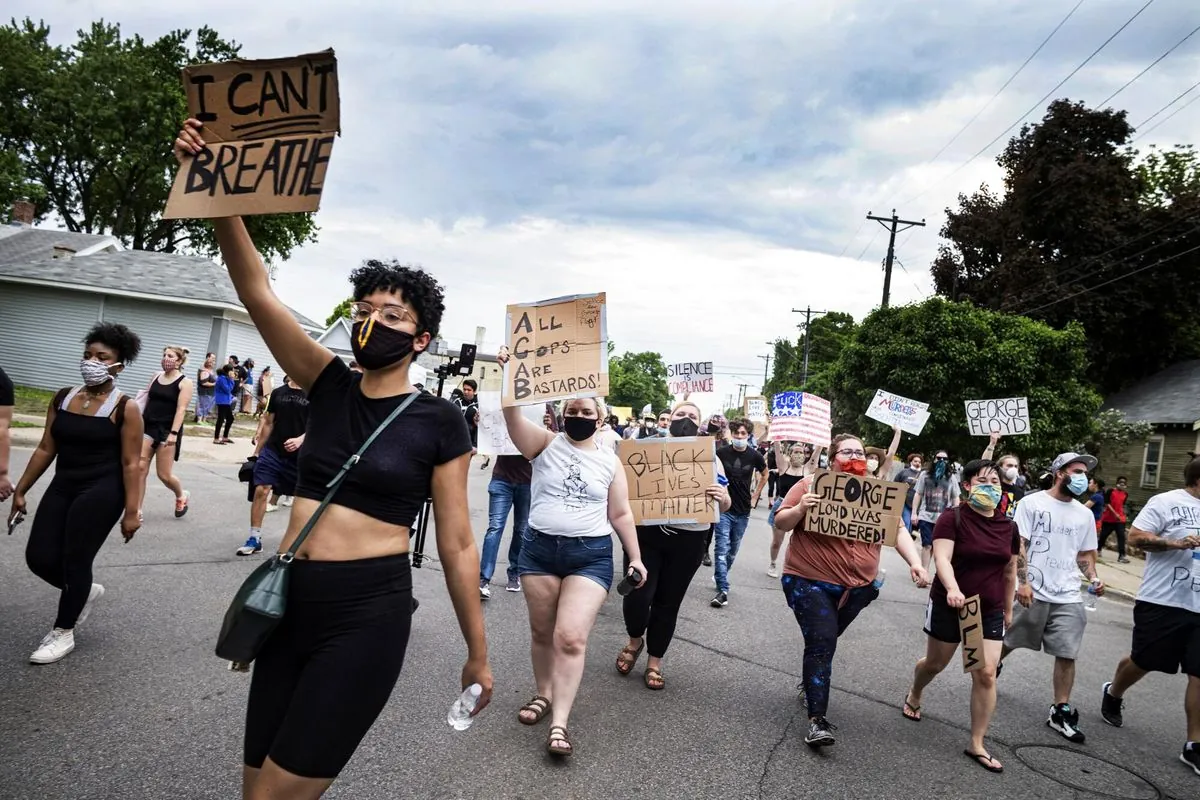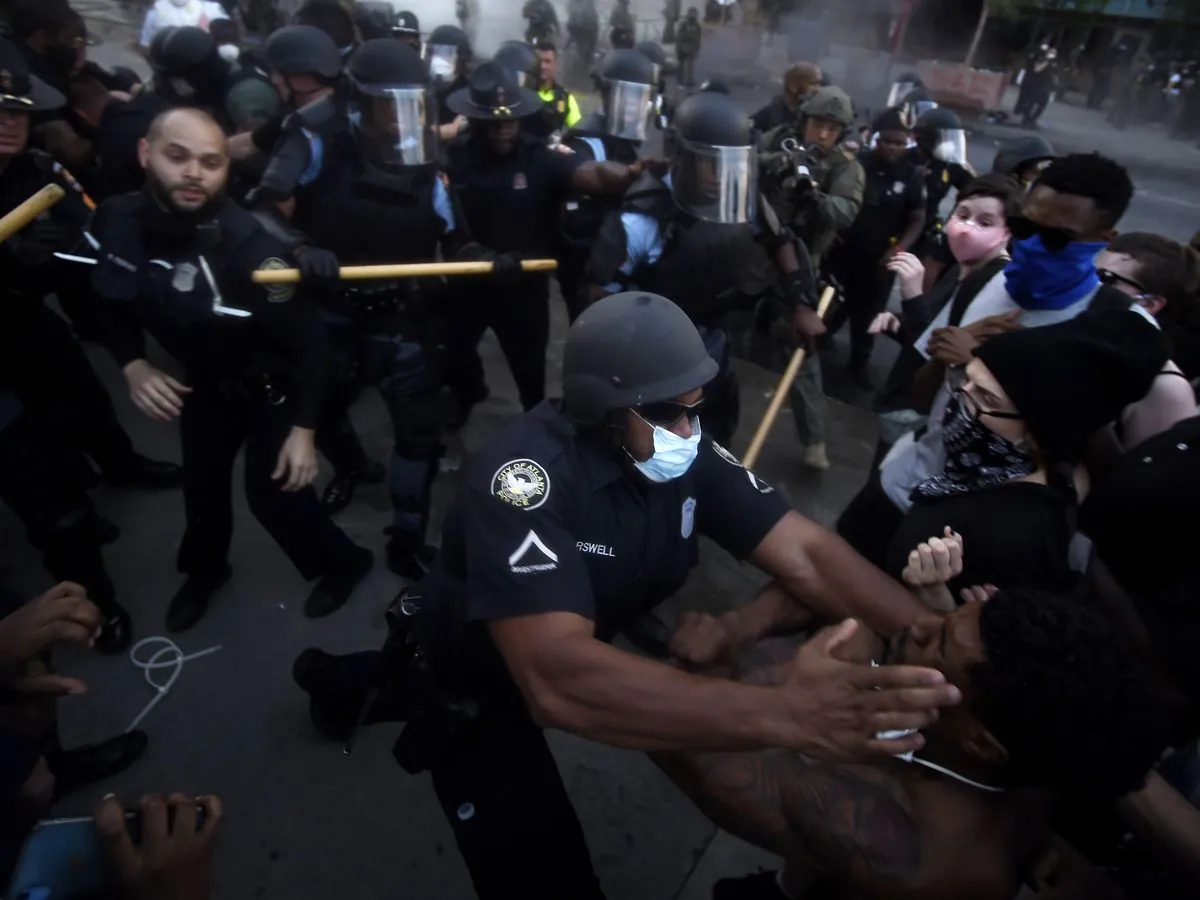A Decade of Racial Reckoning: From Ferguson to Minneapolis and Beyond
Ten years after Michael Brown's death sparked the Black Lives Matter movement, AP journalists reflect on covering racial justice protests and the evolving landscape of activism in America.

The past decade has witnessed a significant shift in America's racial justice landscape, marked by pivotal events that have reshaped public discourse and activism. It's been ten years since the death of Michael Brown in Ferguson, Missouri, which catalyzed the Black Lives Matter movement, founded just a year earlier in 2013.
In May 2020, the killing of George Floyd in Minneapolis reignited nationwide protests, bringing renewed attention to racial inequalities. Associated Press (AP) journalists Julio Cortez and Steve Karnowski shared their experiences covering these events, offering unique insights into the changing nature of protests and their impact on society.
Cortez, an AP photographer, described the Minneapolis protests as unlike any he had previously encountered:
"It was much more intense in person than it was on TV. I was very scared for many reasons, not just because of the violence, but also this is right in the middle of a pandemic."
His Pulitzer Prize-winning photograph, depicting a protester carrying an upside-down American flag—an official distress signal—near a burning building, captured the raw emotion of the moment.
Karnowski, an AP reporter based in Minneapolis, noted the unprecedented scale of unrest:
"Minneapolis hasn't seen that kind of unrest in a generation. Not since the '60s, really, have we had full scale riots here."

The impact of these events extends beyond the streets. Aaron Morrison, AP's race and ethnicity editor, highlighted the emergence of a new generation of activists:
"The death of Michael Brown a decade ago is really a marker because it signaled a real turning point, not just in how we talked about police brutality in the U.S., but it also signaled the emergence of a younger new generation of racial justice activists."
This shift has led to changes in various sectors of society. In Minneapolis, the political landscape has evolved, with the city council becoming more progressive and diverse. The Minnesota Legislature now boasts its most diverse composition in history, reflecting broader societal changes.
The racial justice movement has also inspired other groups to initiate their own reckonings, expanding beyond traditional civil rights organizations like the NAACP (founded in 1909) and the National Urban League (established in 1910). This new wave of activism has permeated classrooms, boardrooms, and legislative halls, demonstrating a more inclusive approach to advocacy.
As we reflect on this decade of racial reckoning, it's clear that the conversation has broadened. The movement is no longer confined to black-white dynamics but has become multiracial and multifaceted. While challenges persist, the ongoing dialogue and evolving activism continue to shape America's journey towards racial equity.


































